While most businesses recognise its importance, 60% of companies say they do not have a succession plan for their CEO, and only 14% of companies report doing well with succession planning as a whole. But succession planning is becoming more critical. Is your company ready?
Succession planning is the process of identifying and developing internal talent to fill key leadership roles within an organisation. It ensures business continuity, reduces the risk of leadership gaps and prepares the organisation for future growth. Effective succession planning enhances employee engagement by providing clear career paths and helps maintain organisational stability during transitions. Ultimately, it supports long-term success and resilience. Gartner
Succession planning is closely connected to strategic workforce planning. While workforce planning focuses on the quantity and skills of the workforce as a whole within a team, service, or organisation, or system, succession planning focuses on the requirements related to critical posts.
When done well, succession planning should not only focus on replacing people but also on:
When fully implemented, succession planning covers all key roles within your company. While many organisations may begin with a plan for their CEO and board-level appointments, best practice involves looking at senior roles across the business, including non-managerial specialists.
In 2020, with the pandemic impacting businesses everywhere, CEO turnover dropped by 20% and hit a record low in the second quarter of the year. This was understandable, as chief executives sought to minimise further disruption and maintain stability within the company. However, this contrasted with peaks in 2019, which saw the highest number of resignations ever recorded. Today, the average tenure of a CEO continues to decline. According to the 2024 UK Spencer Stuart Board Index, the average tenure is just 5.2 years, continuing a three-year decline from 5.8 years in 2021.
Another factor to consider is the nature of our ageing workforce. As experienced people approach retirement, businesses must ensure they have a clear roadmap to develop talent and to transfer knowledge. The ageing workforce impacts all sectors, but is especially significant for the four industries with the largest number of employees aged 50 and above: healthcare, retail, education, and manufacturing. Despite increasing life expectancy, the average age of retirement has remained unchanged. The average age of exit from the labour market is two years below 1950 levels for men. Women retire at the same age as previously.
Regardless of your industry, it is clear that succession planning plays a crucial role in ensuring business continuity.
Want to read this offline or share with a colleague? Simply fill in some details to download a copy.
Despite all the data showing that businesses are likely to see increases in key employees leaving roles, data shows that leaders recognise that they are unprepared.
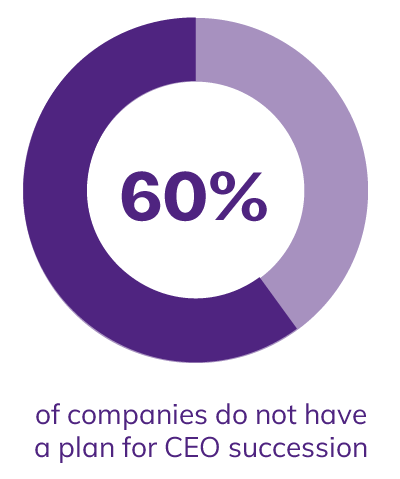
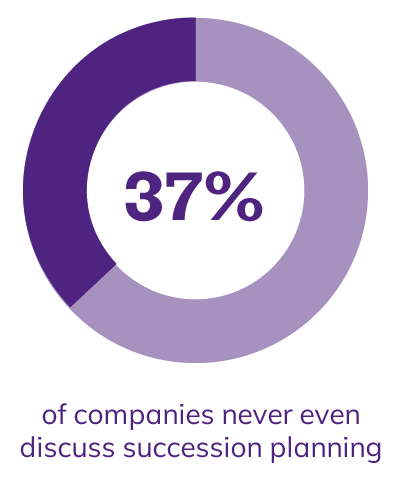

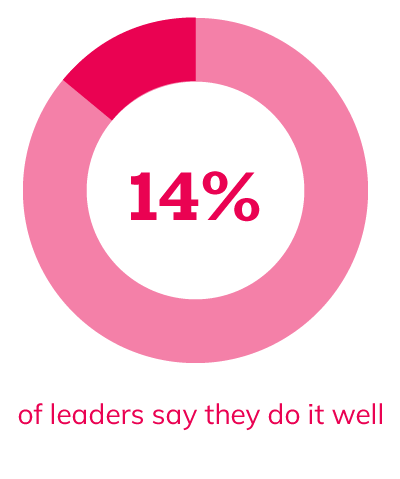

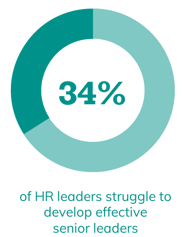
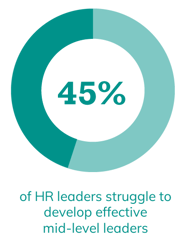

Sources: HBR, Deloitte, Gartner, New Street
While businesses recognise the importance of succession planning, there is still much to do.
There are numerous advantages to a business when succession planning is done well. These include:
Succession planning helps reduce the number of vacancies in business-critical roles, which can impact delivery, customer service and employee retention, amongst other areas. Succession planning also reduces the time to hire, ensuring that critical roles are not left empty for extended periods and putting business continuity at risk.
Competition for talent in key roles is fierce, making it hard to attract and retain key talent, particularly when faced with unexpected departures. Succession planning ensures you have a pool of identified talent ready to step up.
Uncertainty can impact your bottom line and share price. When Hewlett Packard’s CEO left the business, the share price dropped by 8%. For Micro Focus, 45% was wiped off their share price when their CEO resigned. Having an effective succession plan minimises the impact and risks of such a departure.
Having identified and nurtured talent, both internal and external, your business can avoid rushed searches to replace key personnel and instead have time to ensure that you bring in the best people with the strongest fit for your business and future plans. This is especially important in the event of unexpected departures, illness or other emergency scenarios.
Succession planning gives opportunities to increase diversity at senior levels by identifying individuals who can be developed from within the business. It also offers an opportunity to benchmark the diversity of external talent pools.
Identifying key roles in advance allows you to ensure knowledge is transferred to your bench talent before people leave, minimising the loss of critical business information and undocumented institutional knowledge.
A key element of succession planning is nurturing your internal talent to create a bench of internal candidates. Implementing these career pathways through learning and development programs is proven to boost engagement and retention by increasing motivation.
More lead time also gives you time to assess changing business needs and the skill sets needed to bring in as the business grows and the market changes. This additional time allows you to consider whether the scope of the role aligns with the direction of travel or whether a new approach is needed. This could involve breaking up a role that has evolved to fit a specific individual or creating a more senior role to drive change in a specific area.
Succession planning should be thought of as a development process, rather than a replacement process. The key to a successful approach to succession is to plan well in advance, understand your organisation’s direction and growth plans, and determine what is needed to support them.
As such, succession planning applies to all business-critical roles, not just those in the C-suite. It’s essential to identify the roles that are crucial to future success. To do so, you need to understand two key areas: the business strategy and the marketplace.
Key questions to understand include:
These insights not only offer benefits for succession planning but also identify learning opportunities within existing boards.
Taking the time to understand competitors and the wider marketplace ensures that your succession plan is robust. It can also help you understand the talent pool that is available externally.
Insights can be uncovered about:
The earlier you can gain these insights, the easier it will be to develop a strong succession plan. However, we have also done this within weeks when our clients have an unexpected vacancy and the succession plan wasn’t yet in place.
Our client was unprepared for a senior-level resignation. They had no inside track on key individuals in the market, no understanding of the breadth of remit of comparable roles and no benchmark for remuneration due to the length of tenure of the current incumbent.
We uncovered the insights they needed, quickly but accurately, to minimise risk.
Based on the insights gained, the next step is to identify which roles are business-critical. While the focus has traditionally been on C-Suite, Executive Directors and senior leadership, there is now recognition that other roles within the business are also critical.
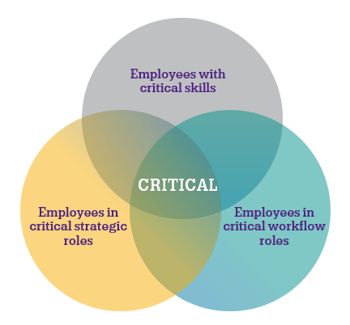
Gartner has a new way to define roles which are critical to the business.
This approach is beginning to be recognised by HR and TA teams within companies. In our research on workforce planning, one participant from an FMCG company commented, “We focus a lot on high potentials (Hi-Po's) and key roles to maintain focus, possibly too much focus on Hi-Po's versus key contributors.”
It can be helpful to approach succession planning as a development process, rather than a replacement process. The key is to plan well in advance and develop an understanding of your organisation’s direction and growth plans to understand what is needed to support that. As such, succession planning applies to all business-critical roles, not just those in the C-suite.
Once you have identified these roles, the next step is to determine which roles may be at risk due to retirements, flight risks, and even promotions that can cascade vacancies throughout the business. This forms the basis of your plan.
“When we do analysis, we’re looking at the top 25 to 50 roles that drive disproportionate value. We break down the value agenda and ask, “How are we going to make money in the future?” Some parts will be new. Others will be sustaining.”
There are two key sources of talent: internal and external.
One area that is often overlooked is defining what a high-potential employee looks like and agreeing on how to identify these individuals within the business.
The process for identifying potential successors must be clearly defined, but it’s also crucial that it's fair and provides equal opportunities for all employees. Recent cases have highlighted the importance of having a robust and legally sound process for identifying future talent, ensuring that this process is not discriminatory.
And while the case highlighted above focuses on age discrimination for an older employee, it’s equally important that younger employees are not excluded from key roles. Particularly as there is a concern that digital skills are lacking at senior levels within many businesses. Data from Forbes shows that:
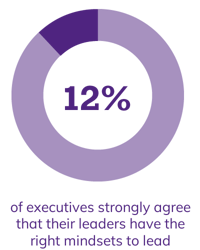
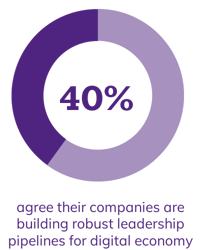
While those skills are not solely the preserve of younger employees, with the rise of new technologies, it’s essential that companies can find talent with the right expertise and a strong awareness of future trends.
Nurturing internal talent has the additional benefit of providing visible opportunities for learning and development, which motivates talent at every level. It also demonstrates that there are opportunities for advancement within the organisation, and talent can be developed and promoted from within. Finally, there is a significant cost saving to be gained in recruitment costs, even when considering the backfill of current roles.
As part of your process, you may identify gaps in your existing talent. This is where proactive external pipelining will be beneficial. As with internal teams, where talent is identified and nurtured in advance, a similar approach should be taken for external talent.
By using a pipelining approach, you can find future talent ahead of time. This allows for longer lead times, which in turn enable your business to build a relationship with prospective leaders, improving the fit for the company and increasing the likelihood of a successful hire – a must for these business-critical roles.
Whichever approach you take —whether internal or external talent sources, or a combination —consider complementary leadership. This approach recognises the skills sit within the team as a whole, rather than with one individual. The C Suite or other business-critical teams have members with complementary skills, which also allows specialists to exist within these teams.
Gartner research showed that leaders who use complementary leadership saw:
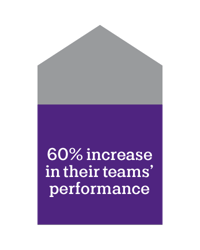
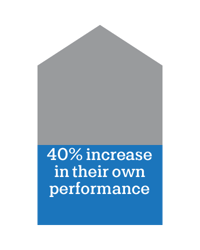
Finally, this stage of the succession planning process is the ideal time to examine the diversity within your future talent pools. Not only does this help you meet legal guidelines, but it also helps develop future leaders to ensure the business is representative, meets diversity targets, and makes better decisions.
There are many benefits to this, including:
Once you have identified potential internal talent, the next step is to upskill these individuals and ensure a clear progression plan is in place.
This is a critical stage of the succession planning process, which, when executed well, can address several issues that businesses face and improve key metrics. Research shows that:
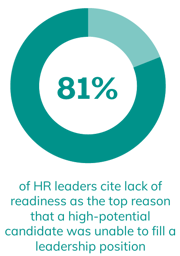

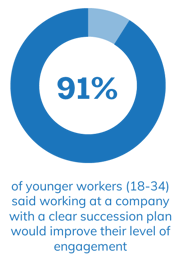
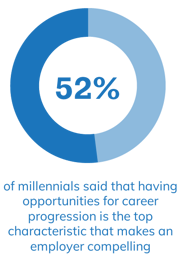

Sources: Gartner, PwC, Sage, PwC
By nurturing high-potential employees and openly sharing the company’s approach to progression, retention, and attraction, these areas can be improved.
And this isn’t the only business benefit. A strong succession plan with time to develop your bench talent minimises the loss of knowledge when key employees leave. By undertaking knowledge exchange early, valuable information is retained and leveraged effectively.
We hope you are finding this guide useful. To download a copy, simply add your details to the form.
With everything in place, when key employees leave, it’s easier for companies to transition their identified successors into the new roles. If these moves are internal, additional opportunities arise, and in turn, their successors can also take on new roles. This process minimises business disruption.
 Similarly, when you have established relationships with external candidates, you can reach out to them to initiate the onboarding process. This may be expected for that role, or it may be that the timing didn’t work for an internal candidate, so external talent is the best route for the business.
Similarly, when you have established relationships with external candidates, you can reach out to them to initiate the onboarding process. This may be expected for that role, or it may be that the timing didn’t work for an internal candidate, so external talent is the best route for the business.
The benefits of successfully onboarding a new senior executive should not be underestimated.
A robust succession plan mitigates the risk associated with introducing a new manager and, when new leaders are successful, the impact is significant.
With successful new leaders, data shows that:
When succession planning for multiple roles, it can be helpful to track key metrics to demonstrate the impact. Start by benchmarking these before you begin, so you have a comparison to your future performance.
The number of candidates ready to step up for key positions at any point in time. You can use this as a top-line number and split down by role to highlight any gaps.
This metric indicates the strength of your training and development programme, as well as the effectiveness of internal recruitment drives. You may find that you have talent that is underutilised or are simply not aware of the opportunities to progress.
This is the time taken to fill a role, usually calculated from the point a new role is advertised to the candidate accepting an offer.
The career path ratio metric measures your people development based on the number of vertical and lateral moves within your organisation. Find more on how to calculate this here.
This metric represents the number of individuals in critical roles who are identified as having an increased likelihood of leaving an organisation. They may have expressed dissatisfaction with their pay, experienced an unwanted change to their role, undergone significant life changes, or shown a notable decline in engagement.
We understand that, for many businesses, finding the time and accessing the expertise to undertake succession planning can be daunting. We work closely with our clients to provide insights that guide their strategy and connect them with the best talent available in the market, ensuring the business has the right leadership, both now and in the future.
Here’s how we can help you plan for the future.
Our experienced team can uncover the right insights about the market, your competitors and your employer brand to help guide your strategy. We can provide information on diversity, organisational design, salary, remit, and other details from the marketplace.
With your strategy in place, we can help you build relationships with future talent that you may want to bring into your business. We recognise that we are representing your business, so we always take time to understand your employer brand and the key insights you would like to uncover, as well as identifying both active and passive candidates who are the top talent in the market. We nurture these contacts, helping to build strong relationships, answer questions and identify a good fit, ready for onboarding when the time is right.
It’s not always possible to identify flight risks in advance, especially when you’re first beginning your succession planning activity. We can help to find excellent external candidates to replace those who have left. Our service is both quick and cost-effective, especially for senior roles. Our clients achieve significant cost savings compared to traditional recruitment agency costs, as we do not charge placement fees or a percentage of the salary package. Instead, we work on a flat project fee, often saving tens of thousands versus traditional methods.
To find out more, please contact us here or email hello@talentinsightgroup.co.uk for a no-obligation conversation.
© Talent Insight Group 2025